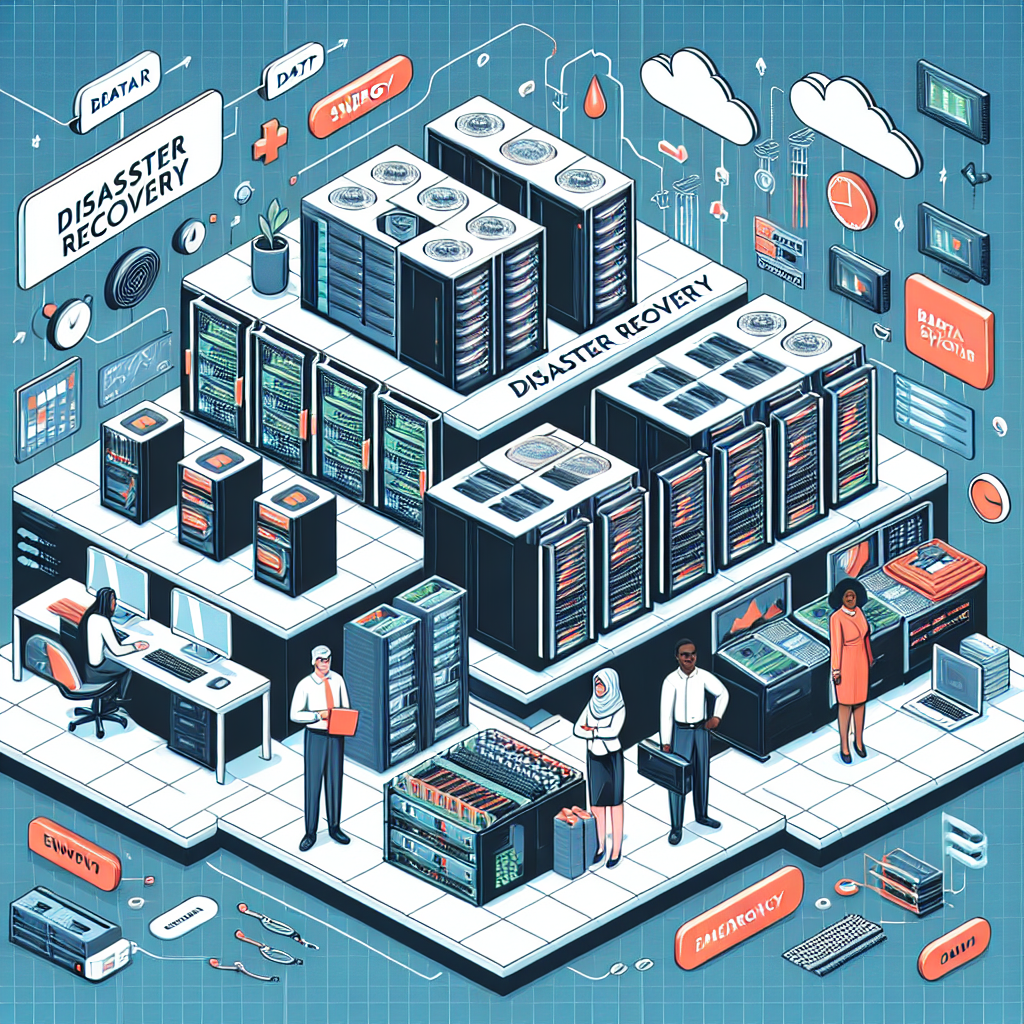In today’s digital age, data centers play a critical role in storing and managing vast amounts of information for businesses and organizations. With the increasing reliance on technology, the importance of having a robust disaster recovery plan in place for data centers cannot be overstated. In the event of a natural disaster, cyberattack, or other unforeseen event, having a solid disaster recovery strategy can mean the difference between business continuity and costly downtime.
To highlight the importance of disaster recovery planning for data centers, let’s take a look at some real-life case studies of successful data center disaster recovery measures:
1. Google’s Data Center in Belgium:
Google’s data center in Belgium experienced a power outage due to a lightning strike, causing a temporary loss of service for some users. However, Google’s robust disaster recovery plan kicked in, and the data center was able to quickly switch to backup power sources and restore services within a matter of hours. This incident showcased the importance of having redundant power systems and backup plans in place to ensure minimal disruption to operations.
2. Amazon Web Services (AWS) Outage:
In 2017, AWS experienced a major outage in its US-East region, affecting thousands of websites and services that rely on AWS for hosting. Despite the scale of the outage, AWS was able to quickly identify the root cause of the problem and implement measures to restore services. This incident highlighted the importance of having a comprehensive monitoring and alerting system in place to quickly detect and respond to issues before they escalate into a full-blown disaster.
3. Equinix Data Center in Singapore:
Equinix’s data center in Singapore faced a major power outage due to a grid failure, causing disruption to services for several hours. However, Equinix’s disaster recovery plan, which included backup generators and redundant power supplies, enabled the data center to maintain operations and minimize downtime. This case study underscored the importance of having multiple layers of redundancy in place to ensure business continuity in the face of unexpected outages.
In conclusion, these case studies serve as a reminder of the critical importance of having a robust disaster recovery plan in place for data centers. By investing in redundant systems, backup power sources, and comprehensive monitoring tools, businesses can ensure that their data centers are prepared to weather any storm and continue operations without interruption. As technology continues to evolve and data centers become increasingly central to business operations, disaster recovery planning will only grow in importance.


Leave a Reply